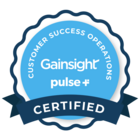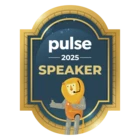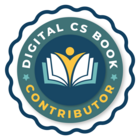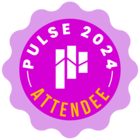I posted this elsewhere, and it got some traction, so re-firing the conversation here in the Community.
We nearly all work in Calls to Action (CTAs), as they the currency within Gainsight that folks spend time creating, updating monitoring, closing, etc. So they are important...so important that it’s reasonable to ask: “What makes for a high-quality CTA?” I wrote the following to help my stakeholders design their CTAs, and to guide them gently into best practices for a CTA:
A high-quality Call to Action (CTA) has the following characteristics.
- Benefits the customer.
- CTAs should have a clear benefit to the customer.
- CTAs tend to be built with an internal lens, benefiting the CS team. While this is a great bonus, the purpose of the CTA itself should ultimately have customer-benefiting properties.
- Has a desired outcome.
- CTAs are rarely work unto themselves. Rather, we complete the CTA to attain an outcome.
- What is that outcome?
- Why is that outcome important?
- Lives within a process.
- The CTA aligns to a business process, outcome and strategy.
- The CTA should likely have a Playbook.
- Is actionable.
- It’s in the name. It’s a Call to Action.
- Gainsight is a system of action.
- Informative, reminder or “anniversary” CTAs have little value. They clutter the Cockpit views and lessen priority on actionable CTAs.
- If we need to notify someone for awareness, we’ll use a non-CTA mechanism.
- Has a clear origin.
- If automated, it should be clear to any Gainsight user what trigger or what data caused the CTA to fire.
- Understanding why a Gainsight User has received a CTA will make it more actionable.
- Has a clear conclusion, manifesting as a Due Date.
- CTAs should not live in perpetuity. If CTAs live on forever, they lose their impact.
- There might be some corner cases why a CTA should live on, but this is the exception and not the rule.
- Is measured for impact.
- This one is tricky, and takes some advanced analytics. However, hopefully we’re analyzing which CTAs work and which CTAs don’t, so we can do more of the former and less of the latter.
What else would you add?




